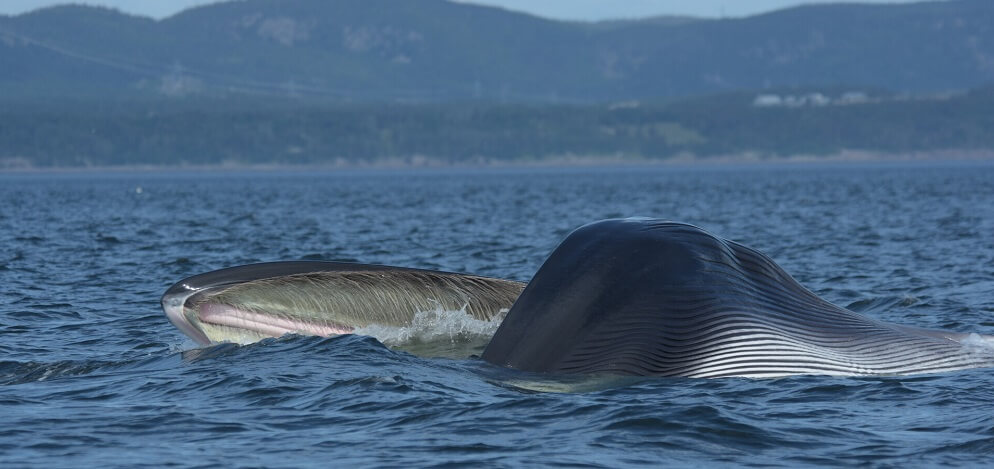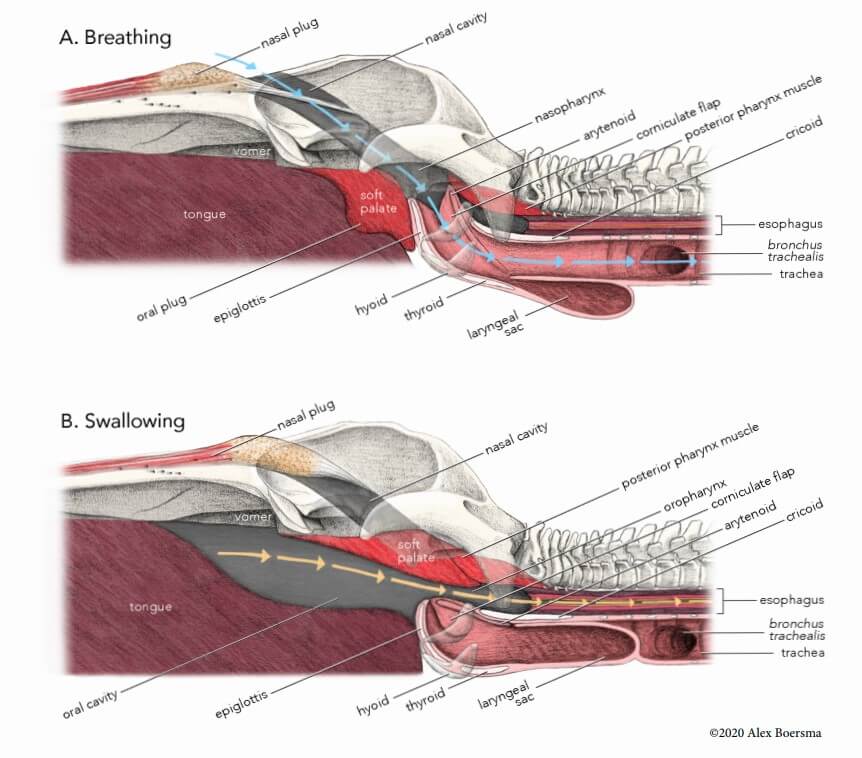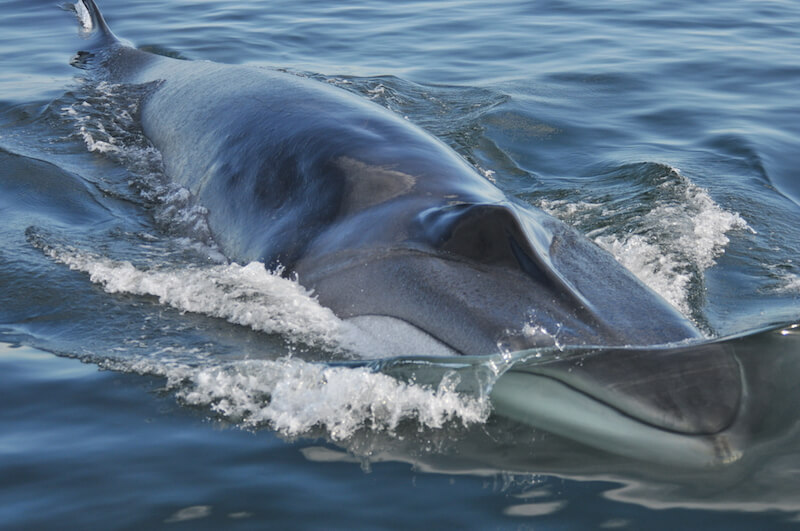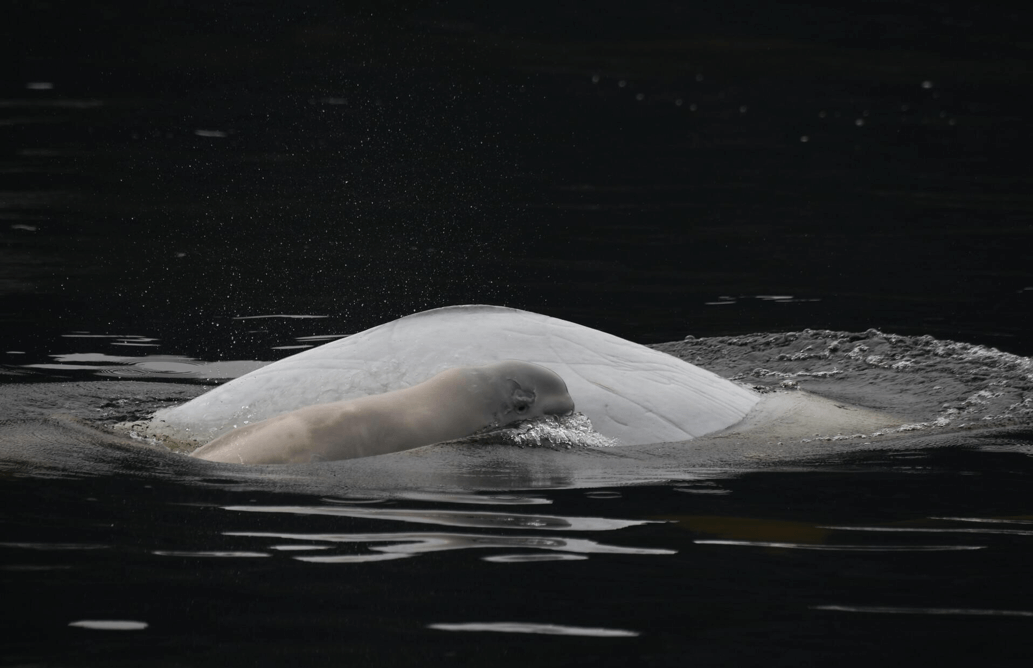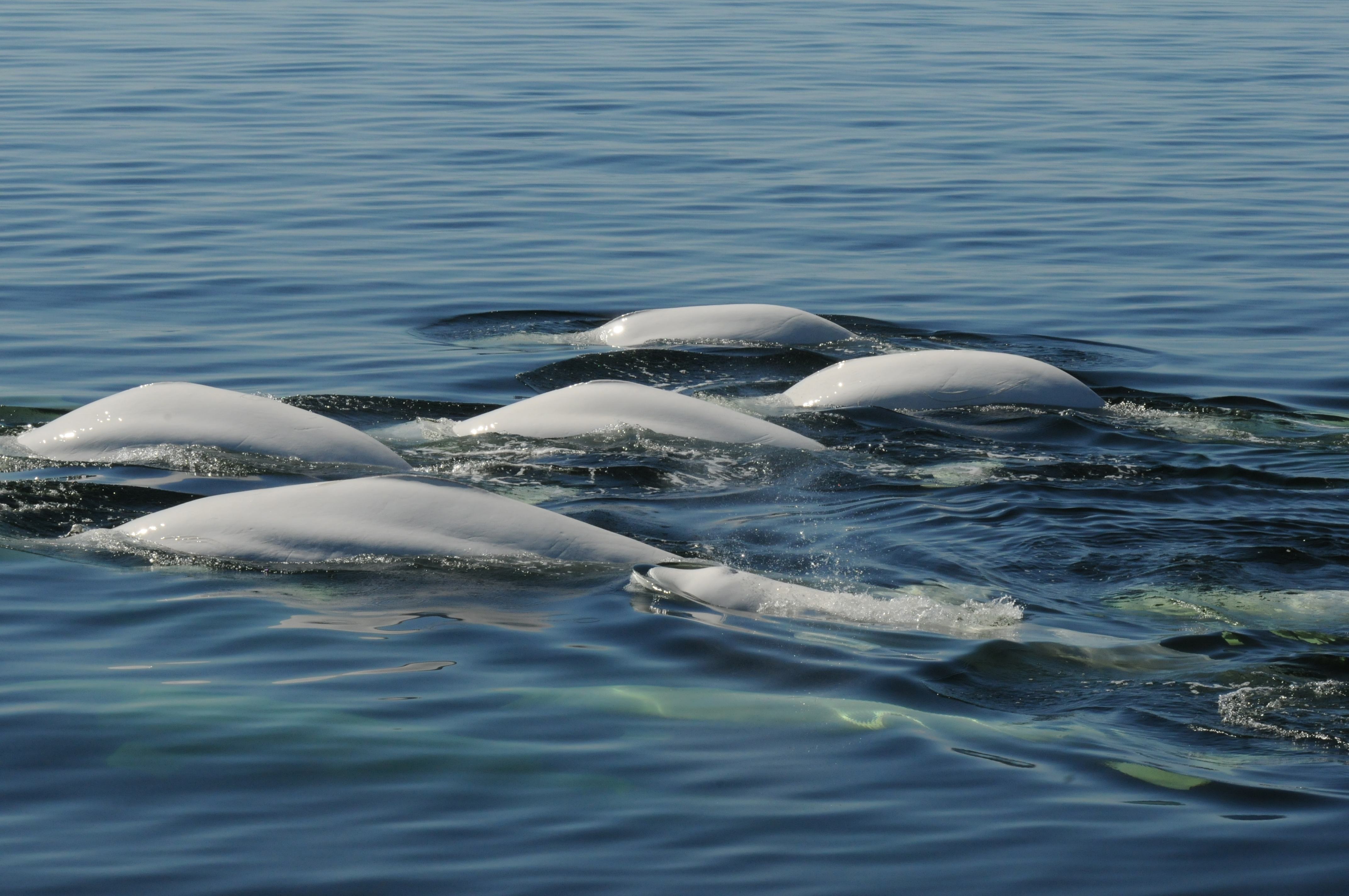The rorqual family includes the largest animals on the planet. In order to satisfy their gargantuan energy needs by gulping down tiny prey (krill, copepods, small fish), rorquals feed using a technique called lunge feeding, during which water rushes into the mouth and is then filtered. Recently, a research team led by Dr. Kelsey N. Gil of the University of British Columbia discovered the presence of an amazing anatomical structure that helps explain how whales keep from choking when they eat: the “oral plug.”
An airtight bulb
It was in the back of the mouths of the studied specimens that the researchers located this structure: a large bulb composed of fat and muscle tissue at the posterior end of the soft palate. This discovery is accompanied by another startling finding. Contrary to what has long been believed, the respiratory and digestive systems of fin whales are, as in humans, connected at the back of the mouth, which is not the case in toothed whales. For this reason, a plug is therefore essential to prevent these “greyhounds of the sea” from choking.
The thick, powerful muscles that surround the oral plug slip under the tongue, providing a solid anchoring. Nevertheless, the oral plug remains mobile and can be raised and lowered. When lowered, the plug blocks off the space connecting the mouth and pharynx. If pushed toward the back of the mouth, the tongue applies additional pressure that holds it in place. All of this offers an airtight seal of the pharynx that is able to withstand the tremendous water pressure experienced during lunge-feeding. This position of the plug is also adopted for breathing: when lowered, it blocks access from the mouth to the throat but ensures that the blowhole is not cut off from the lungs.
When the whale swallows, the oral plug rises to let the contents of the mouth reach the pharynx and continue their way to the esophagus and then the stomach. At this time, the oral plug is used instead to prevent access to the upper respiratory tract. It therefore plays an essential role in ensuring that ingested food doesn’t accidentally “go down the wrong pipe.”
Interesting detail: while dissecting carcasses, the team found that it was difficult to move the oral plug. This would suggest that it would be lowered by default and that some physical effort would be required by the whale to move it when swallowing.
What about other cetaceans?
The discovery of the oral plug was made in fin whales, but has not been visually confirmed in other species. However, it can be assumed that other species of rorquals likely also have an oral plug since they all have the same feeding techniques and are very similar phylogenetically. OK, but what about other species of baleen whales? North Atlantic right whales and bowhead whales, for example, do not feed by engulfing their prey, but rather by skimming the water surface (article in French). Have they also developed an oral plug to avoid choking on seawater? “We can’t really say for the moment. They are baleen whales that have a different feeding pattern, so they might not have such a structure,” explains Dr. Gil.
The discovery of the oral plug was made in fin whales, but has not been visually confirmed in other species. However, it can be assumed that other species of rorquals likely also have an oral plug since they all have the same feeding techniques and are very similar phylogenetically. OK, but what about other species of baleen whales? North Atlantic right whales and bowhead whales, for example, do not feed by engulfing their prey, but rather by skimming the water surface (article in French). Have they also developed an oral plug to avoid choking on seawater? “We can’t really say for the moment. They are baleen whales that have a different feeding pattern, so they might not have such a structure,” explains Dr. Gil.


